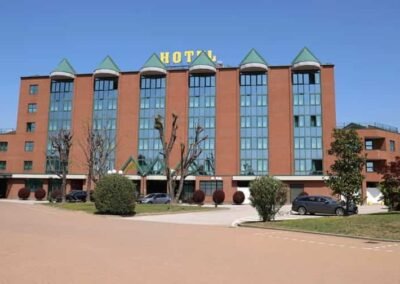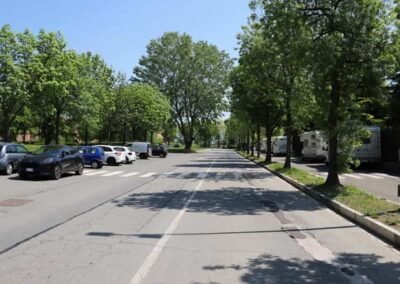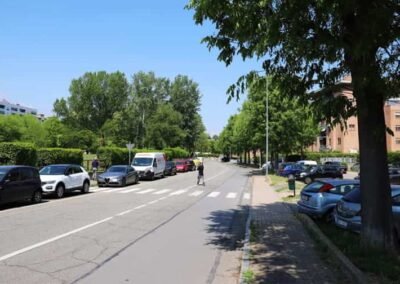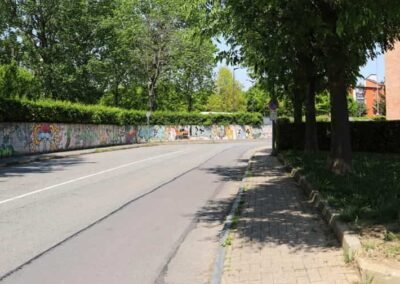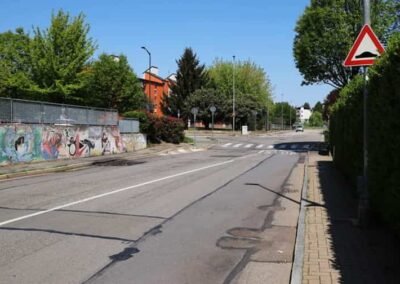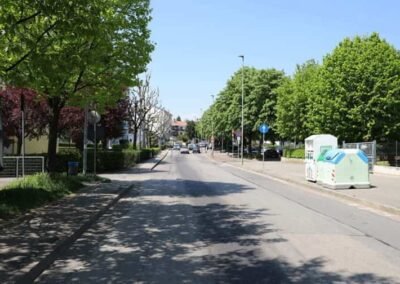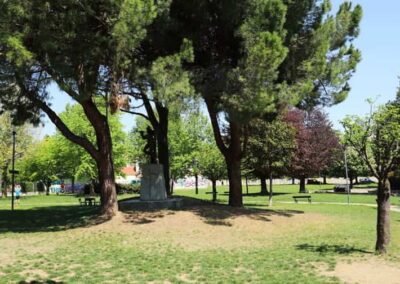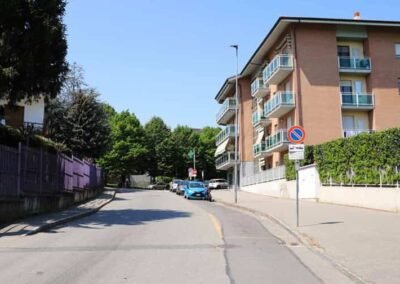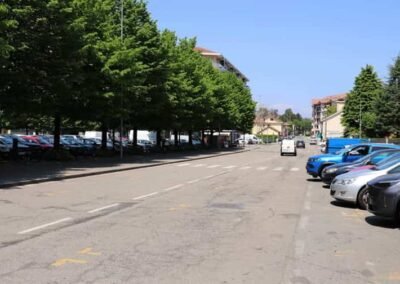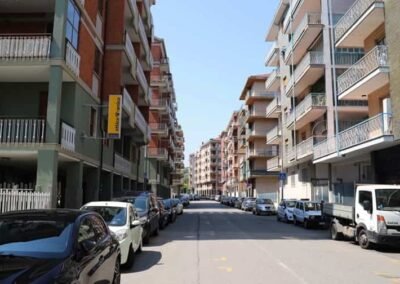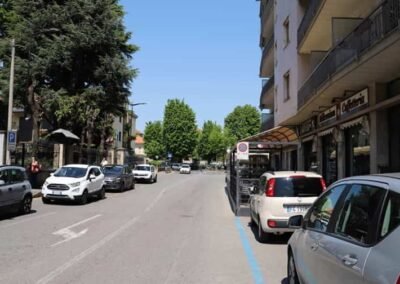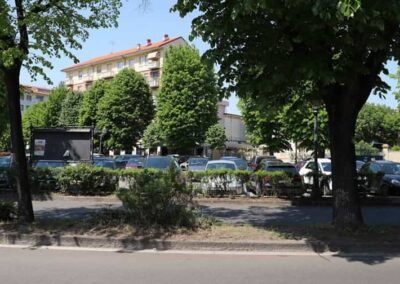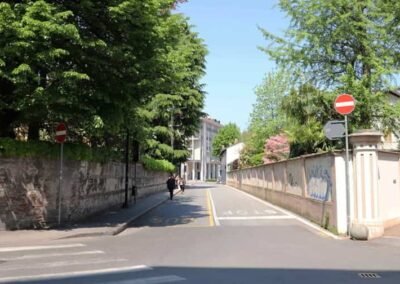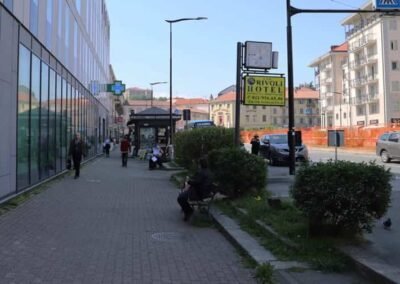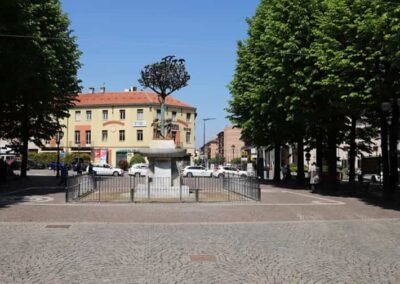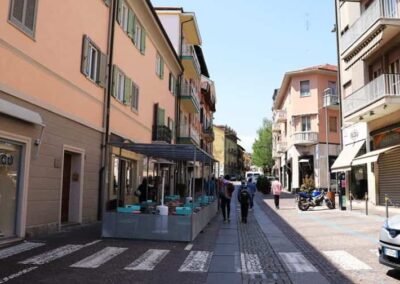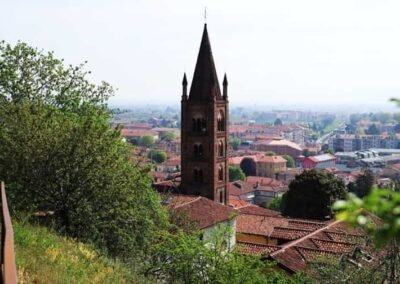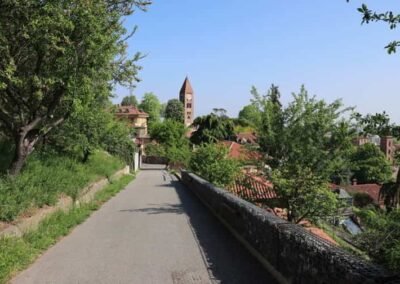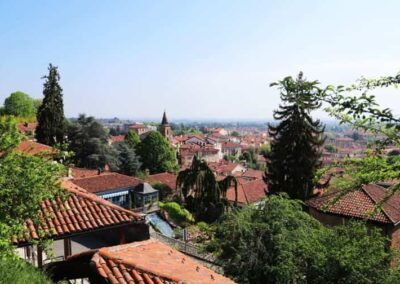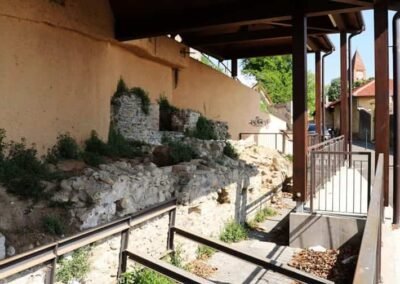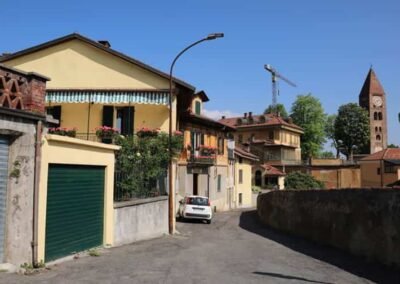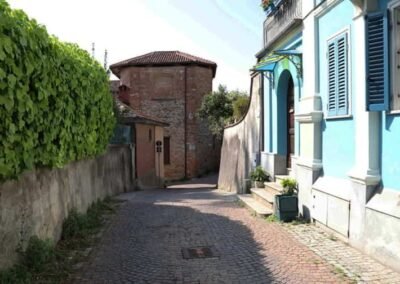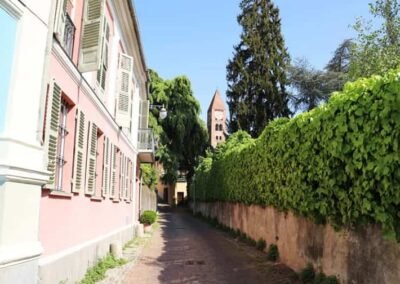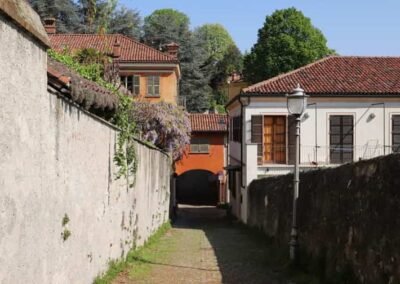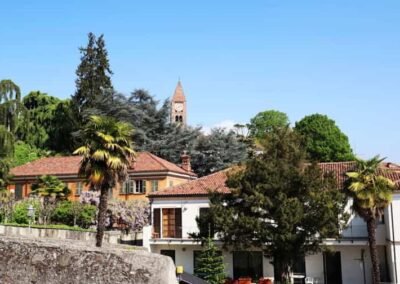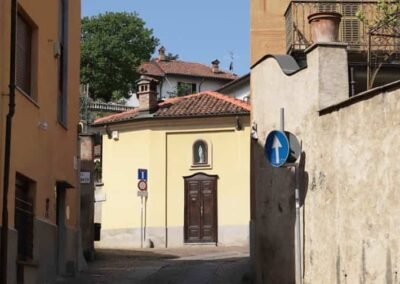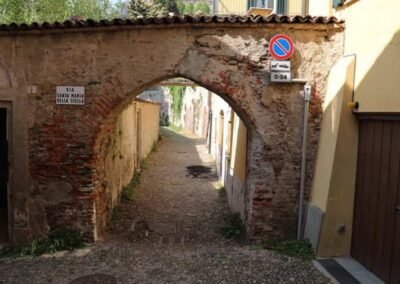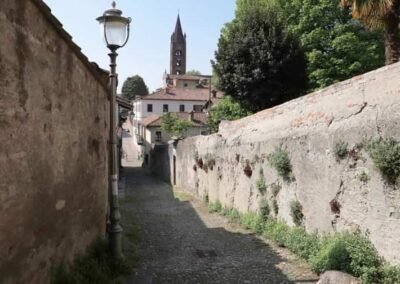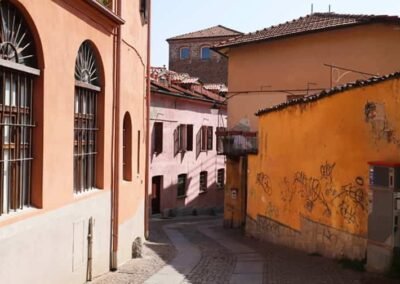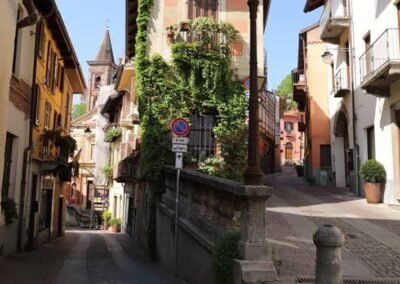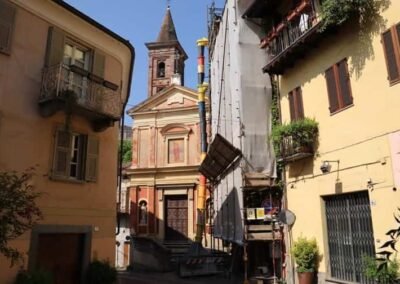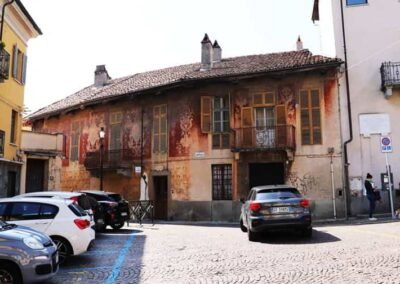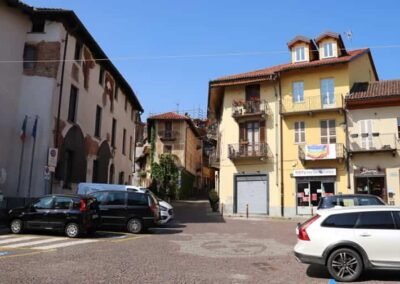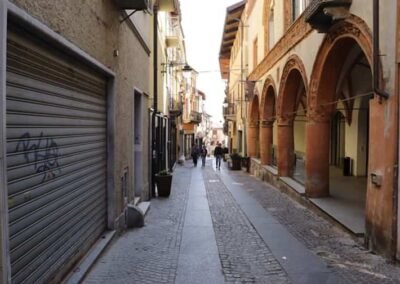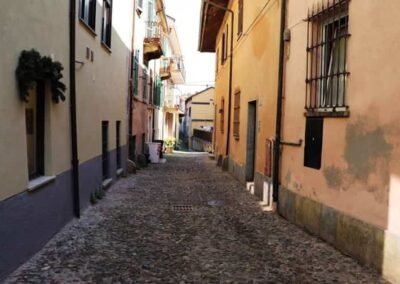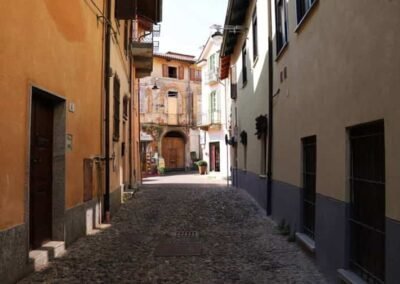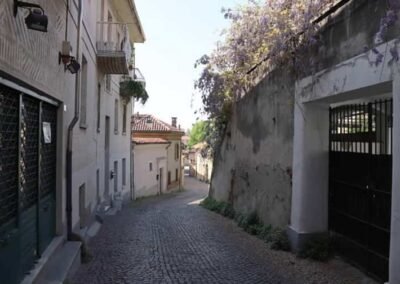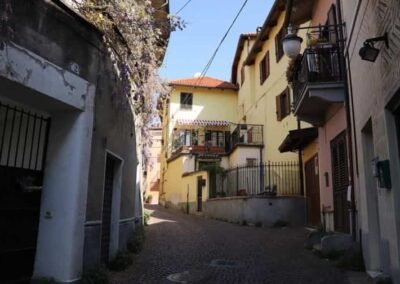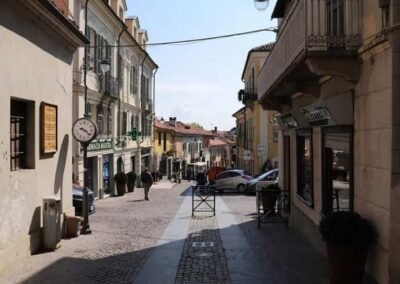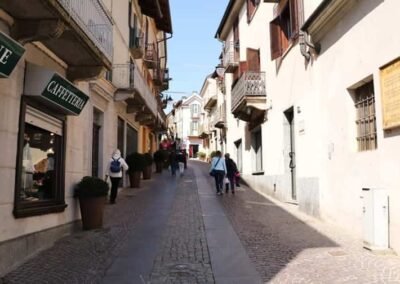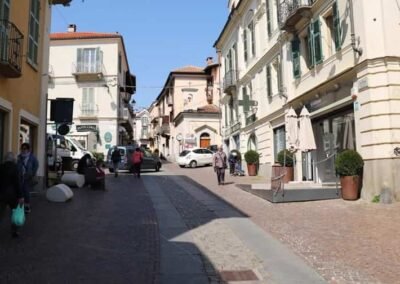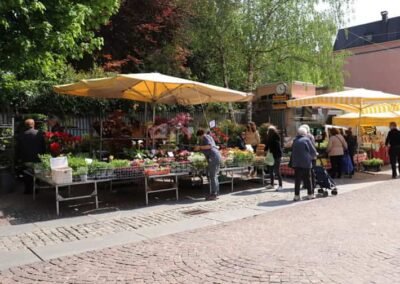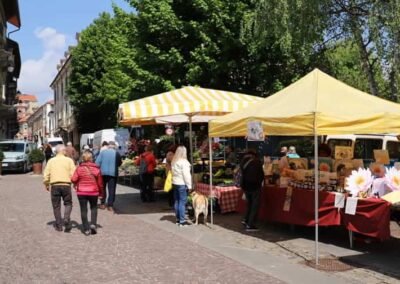HOME
THE REGIONS OF ITALY
PLACES IN ITALY
Italy in Photos
Via Vittorio Amedeo, 10098 Rivoli TO, Italy (May 2022)
Rivoli
Rivoli, Italy, is a historic town in the Piedmont region, just 14 kilometres west of Turin, the capital of the province. With its rich history, cultural significance, and strategic location at the foothills of the Alps, Rivoli offers a captivating blend of historical depth, art, and natural beauty. Although it may not be as well-known as some of Italy’s larger cities, Rivoli has long been a significant site in the region, offering visitors a glimpse into both medieval and modern Italian life. One of the most prominent features of Rivoli is its majestic Castle of Rivoli. Perched on a hill overlooking the town and the surrounding countryside, this grand structure has been a key landmark for centuries. The castle has a history that dates to the 9th century, although it was significantly remodelled during the reign of the House of Savoy in the 17th century. Originally a royal residence, it became one of the key properties in the Savoy dynasty’s portfolio and played a role in the region’s political and cultural hMartiri della Libertà, the main square, offers a glimpse into the daily life of its residents and serves as a gathering point for locals and visitors alike. Here, you can stroll past cafés, small shops, and restaurants, while soaking in the relaxed atmosphere typical of small Italian towns. The surrounding streets are lined with beautifully preserved buildings, many of which reflect the baroque architecture that characterizes much of the Piedmont region. The town is compact and easily walkable, making it a pleasant place for a day of exploring.
Historically, Rivoli has played an important role as a strategic military location. Its elevated position provided an ideal defensive vantage point, and it has been the site of numerous battles throughout the centuries. One of the most famous military engagements in Rivoli’s history was the **Battle of Rivoli** in 1797, during the Napoleonic Wars. This battle was a decisive victory for Napoleon Bonaparte, solidifying his influence over northern Italy. Today, a monument commemorates this historic event, and it is a point of pride for the town. Beyond its historical and cultural significance, Rivoli is also a gateway to the natural beauty of the Piedmont region. Located near the Susa Valley and the Alps, it is surrounded by lush landscapes, offering outdoor enthusiasts a wealth of opportunities for hiking, cycling, and exploring the nearby mountain trails. In the winter months, the proximity to ski resorts in the Alps makes Rivoli a convenient base for those interested in winter sports. Rivoli’s culinary scenetajarin (thin egg pasta), and a variety of cheeses and wines from the region’s renowned vineyards. Rivoli is particularly known for its local wine production, with the rolling hills around the town home to some of Italy’s most famous wine appellations, including Barolo and Barbera. Rivoli is a town that offers a mix of historical intrigue, cultural richness, and natural beauty. Its iconic castle and art museum, charming streets, and proximity to both Turin and the Alps make it an ideal destination for visitors looking to experience the lesser known but equally fascinating side of northern Italy. Whether you’re an art enthusiast, history buff, or nature lover, Rivoli has something to offer everyone.
Photo Gallery of Walk 1 – Corso Primo Levi to Via Fratelli Piol
Approximately 1.84 km – 1.14 miles
The walk starts in – Corso Primo Levi – Str. Nuova Tetti – Via Baldi – Via Luigi Gatti – Giardini La Marmora, Via Luigi Gatti – Via Luigi Gatti – Viale Colli – ia Camillo Benso Cavour – Corso XXV Aprile – Piazza Principe Eugenio – Via Don Murialdo – Corso Francia – Piazza Martiri della Libertà – Via Fratelli Piol
Photo Gallery of Walk 2 – Via Vittorio Amedeo to Via Fratelli Piol
Approximately 1.34 km – 0,83 miles
The walk starts in – Via Vittorio Amedeo – Via Marchetti – Walk back along Via Marchetti to Via al Castello – Via Santa Maria della Stella – Walk back Via Santa Maria della Stellaalnon to Via al Castello – Via S. Croce – Walk back along Via S. Croce to Piazza G. Matteotti – Via Garavella – Via Felisio – Walk back along Via Felisio to Via Fratelli Piol
Castello di Rivoli Museo d’Arte Contemporanea
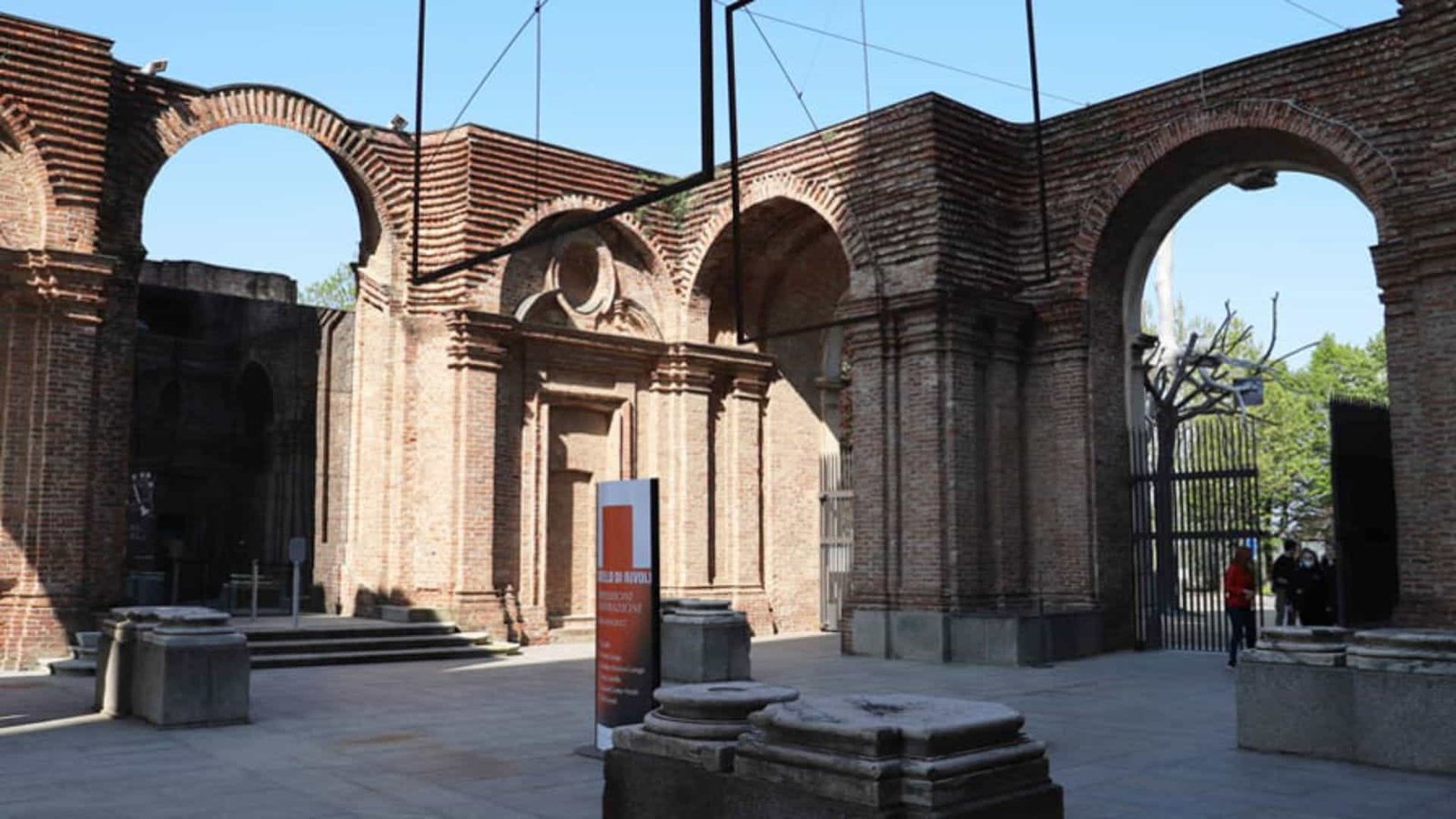
Perched on a hill overlooking the town of Rivoli, just outside Turin, the Castello di Rivoli Museo d’Arte Contemporanea is one of Italy’s most significant cultural landmarks and a pioneering institution dedicated to contemporary art. The castle itself is steeped in history: originally a medieval fortress, it was transformed in the 17th century into a Baroque residence under the designs of the celebrated architect Filippo Juvarra. Though never fully completed, the building’s grand architecture and unfinished state provide a fascinating backdrop that contrasts with the cutting-edge works it now houses. This dialogue between past and present lies at the very heart of the museum’s identity.
Opened in 1984 as Italy’s first public museum devoted exclusively to contemporary art, Castello di Rivoli quickly established itself as a dynamic platform for experimentation, research, and international dialogue. Its mission is not only to preserve and present a permanent collection, but also to foster ongoing engagement with living artists and new artistic languages. The museum’s collection includes seminal works from the Arte Povera movement, which emerged in Turin in the 1960s, alongside installations, video art, paintings, and sculptures by both Italian and international figures.
Beyond its permanent holdings, Castello di Rivoli is renowned for ambitious temporary exhibitions that push boundaries and invite critical reflection on society, politics, and culture. Its innovative curatorial approach, combined with the unique architectural spaces of the castle, creates immersive and often unexpected encounters between art and viewer. The museum also serves as a vibrant hub for education and community engagement, hosting lectures, workshops, and programs that open contemporary art to a broad public.
Today, Castello di Rivoli stands as a symbol of Italy’s commitment to contemporary creativity, bridging historical heritage with forward-looking visions of art in the global age.
COPYRIGHT © 2018-2025 ITALY IN PHOTOS - ALL RIGHTS RESERVED
